How to Enhance Bioavailability with the Right Excipients
Bioavailability is a critical factor in the effectiveness of any tablet formulation. In simple terms, bioavailability refers to how efficiently and quickly an active ingredient is absorbed and utilized by the body. Regardless of how potent an ingredient is, if it isn’t bioavailable, its potential benefits are significantly reduced.
While bioavailability is often discussed in the context of product performance, its importance is equally relevant in the formulation phase—especially for tablets, multivitamins, botanicals, and other nutritional products. One of the most effective ways to enhance bioavailability is through the strategic use of functional excipients.
What Influences Bioavailability?
Before selecting excipients, it's essential to understand the main factors that affect bioavailability:
- Solubility: Poorly water-soluble ingredients struggle to dissolve in the gastrointestinal tract, reducing absorption.
- Permeability: Even when dissolved, active compounds must pass through intestinal membranes to reach the bloodstream.
- Metabolic Stability: Some ingredients degrade or are metabolized before they can be absorbed effectively.
Each of these issues can be addressed, in part, through the right choice of excipients.
The Role of Excipients in Improving Bioavailability
Excipients are often misunderstood as inert or inactive. In reality, they play a functional and often essential role in determining how a product behaves inside the body. When it comes to enhancing bioavailability, excipients can:
- Improve dissolution of poorly soluble compounds
- Promote absorption through biological membranes
- Support faster tablet disintegration
- Prevent degradation of sensitive active ingredients
These effects can significantly enhance the delivery of nutrients, botanicals, and other bioactive substances.
Key Excipient Categories for Bioavailability
1. Solubilizers
Solubilizers are particularly important for ingredients with low aqueous solubility. By improving dissolution, they allow a greater portion of the active ingredient to become available for absorption.
Common examples:
- Cyclodextrins: Form inclusion complexes that improve solubility and stability.
- Polysorbates: Surfactants that reduce surface tension and enhance miscibility in aqueous environments.
2. Permeation Enhancers
Permeation enhancers facilitate the movement of active compounds across intestinal barriers. These excipients can be especially useful for lipophilic or large-molecule ingredients.
Common examples:
- Medium-Chain Triglycerides (MCTs): Help deliver fat-soluble compounds and may assist in bypassing first-pass metabolism.
- Surfactants: Improve membrane fluidity, enabling better transport of actives across the intestinal lining.
3. Disintegrants
For tablets, rapid disintegration in the digestive tract is essential for efficient absorption. Disintegrants help the tablet break apart into smaller fragments, increasing the surface area for dissolution.
Common examples:
- Croscarmellose Sodium: A superdisintegrant that rapidly swells in water.
- Microcrystalline Cellulose (MCC): Functions both as a binder and a disintegrant, offering a dual benefit in tablet design.
4. Stabilizers
Stabilizers help maintain the potency and structure of active ingredients over time. They are particularly valuable for products exposed to heat, moisture, or oxidative conditions.
Common examples:
- Antioxidants (e.g., Vitamin E): Help protect sensitive actives from oxidative degradation.
- Protective Coatings: Provide a barrier against moisture or acidic environments, improving ingredient stability and targeted release.
Choosing the Right Excipient for Your Application
The best excipient for one formulation may not suit another. Selection should be guided by:
Compatibility with Active Ingredients
Understanding the solubility, stability, and permeability profile of your active ingredient is the first step. For example, a poorly soluble botanical extract may benefit from both a solubilizer and a disintegrant.
Delivery Format and Release Profile
Different excipients are suited for different delivery systems. For instance:
- Immediate-release tablets require fast-acting disintegrants.
- Controlled-release tablets may use stabilizers or matrix-forming excipients that modulate release over time.
In development, it's not uncommon to reformulate based on real-world performance. A combination of stabilizers and release-modifying excipients can be the difference between erratic release and consistent bioavailability.
Common Formulation Challenges
Formulating for enhanced bioavailability introduces its own technical complexities:
1. Excipient-Active Incompatibility
Some excipients may interact negatively with actives, leading to reduced potency or accelerated degradation. Compatibility testing is essential during formulation development.
2. Excessive Excipient Load
While excipients play vital roles, overuse can lead to manufacturing difficulties, larger tablet sizes, or delayed disintegration—each of which may reduce bioavailability.
Regulatory and Quality Considerations
All excipients used in dietary supplement and nutraceutical manufacturing must meet relevant Good Manufacturing Practices (GMP). Additionally, different regulatory bodies have specific guidelines on allowable excipients and their limits. Staying current on regional regulations helps ensure product compliance and marketability.
Final Thoughts: Why Bioavailability Matters
Enhancing bioavailability with well-selected excipients can significantly improve the effectiveness of your tablet formulations. Better absorption means better performance, increased consumer satisfaction, and potentially higher repeat purchases. While active ingredients often get the spotlight, it’s the supporting role of excipients that ensures those actives can do their job effectively.
As formulation science advances, so do the options available for improving bioavailability. By aligning the properties of your actives with the right functional excipients—whether that’s a solubilizer, permeation enhancer, disintegrant, or stabilizer—you can deliver products that perform better and stand out in a competitive market.

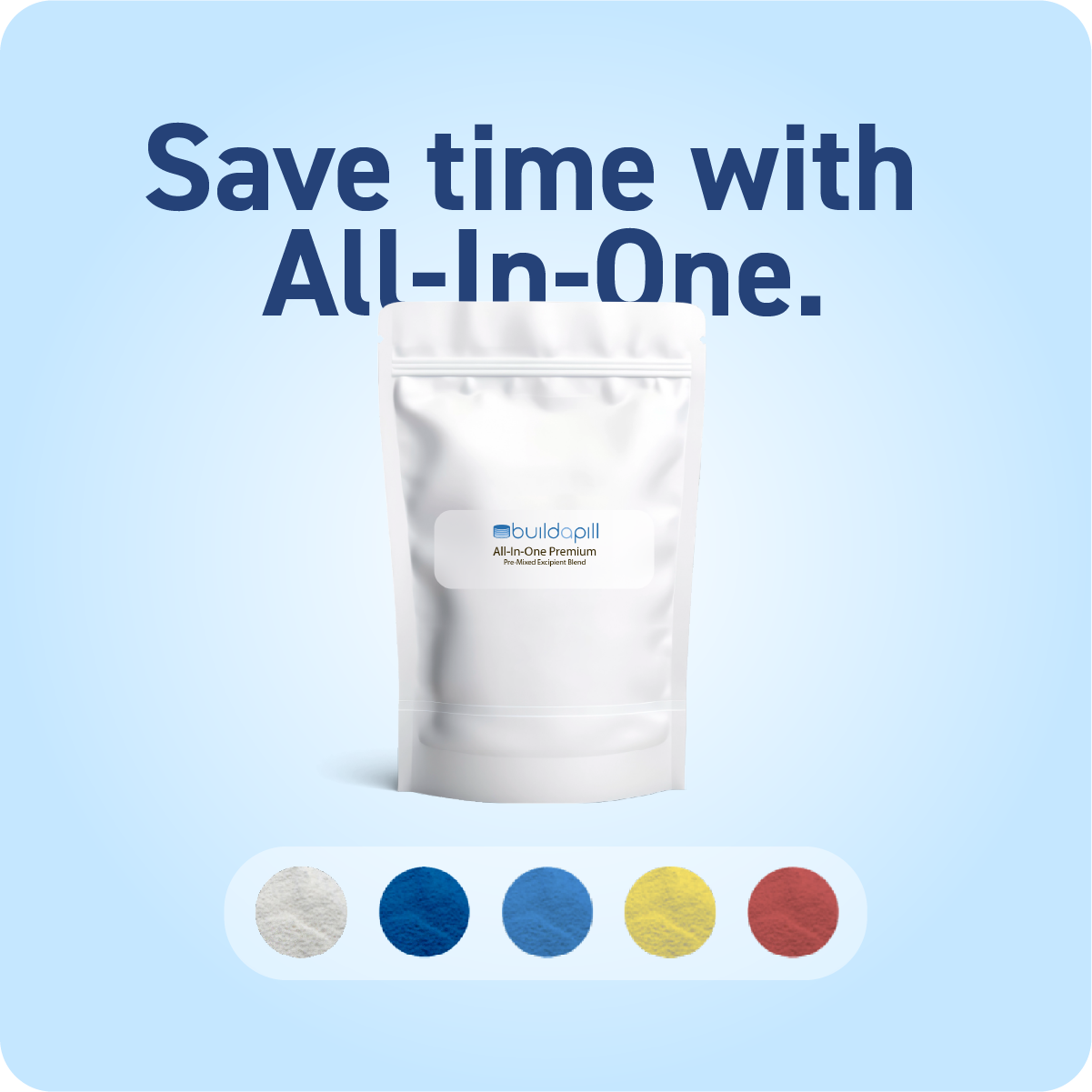
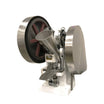
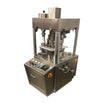


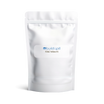
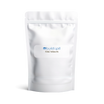
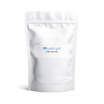
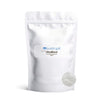

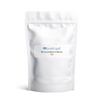
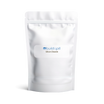
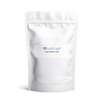
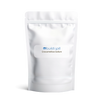


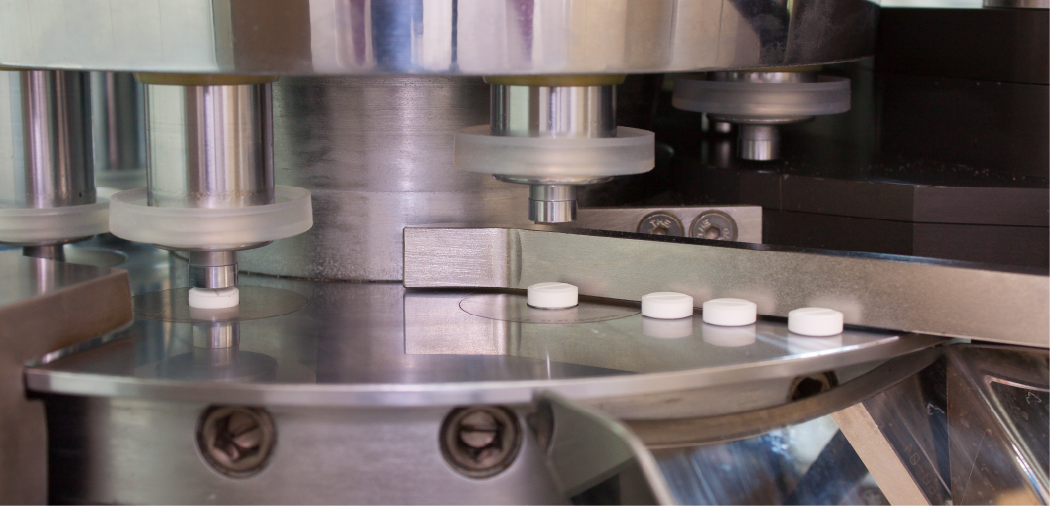

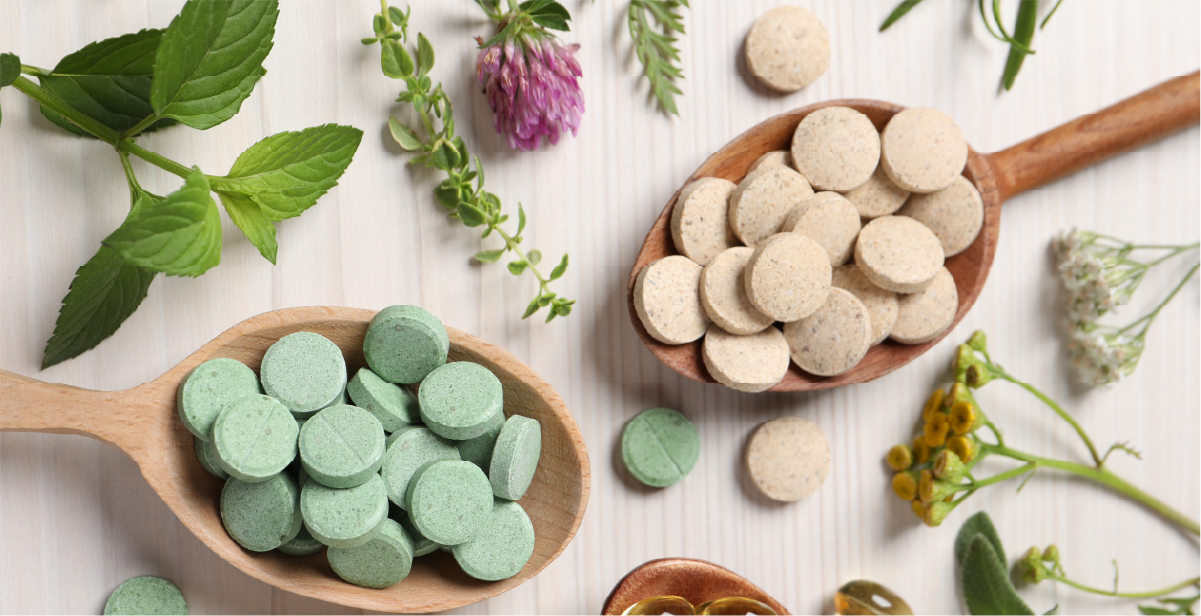


Leave a comment
This site is protected by hCaptcha and the hCaptcha Privacy Policy and Terms of Service apply.